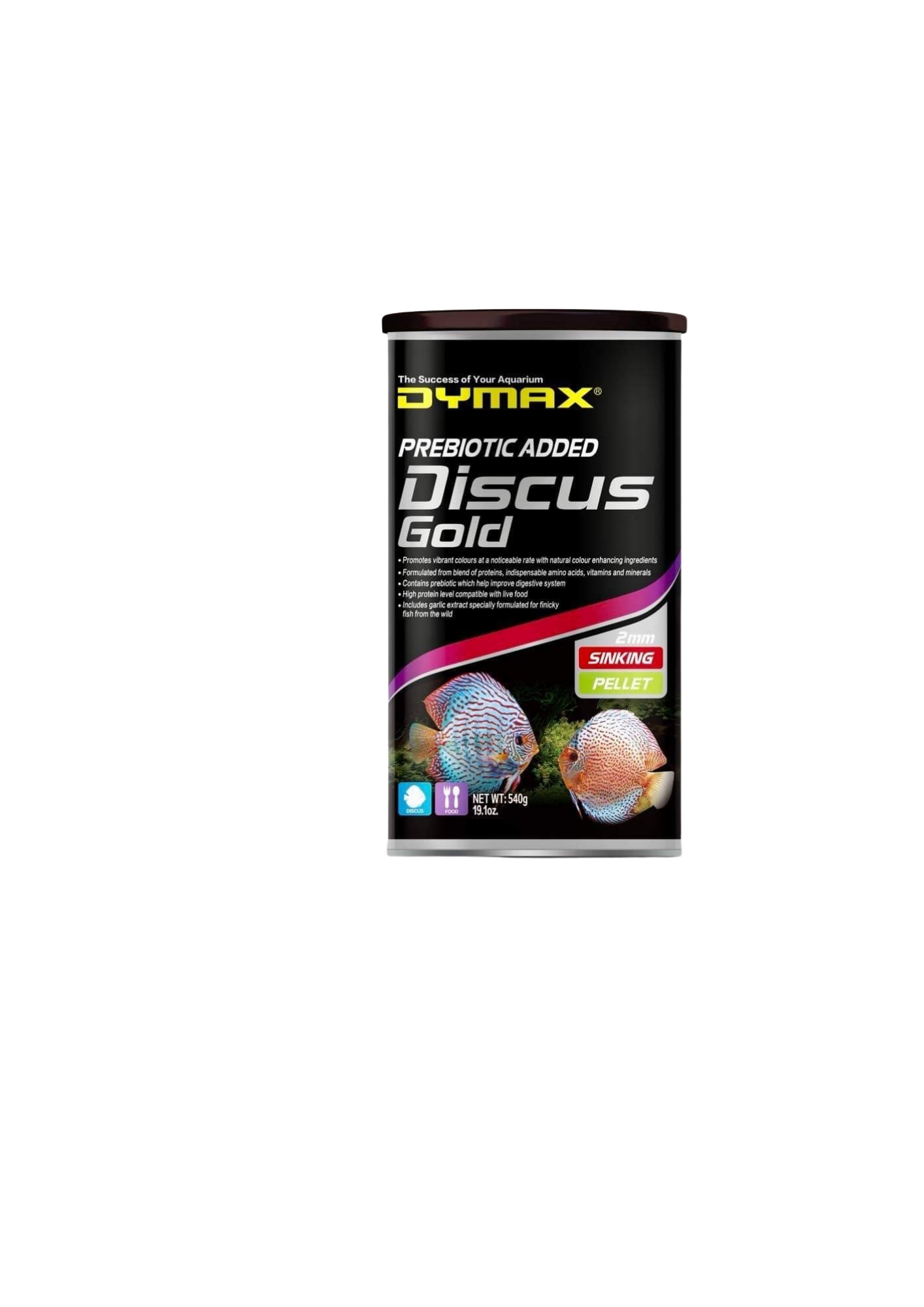Setting Up Your Fish Aquarium
Once you have purchased your aquarium, you will need to decide where it to position it. Make sure it is placed on a level surface and chose your spot carefully, as it will be hard to move the aquarium when it’s filled with water. Make sure it’s near a power source for running the light, filter and heater. Avoid placing it in front of windows with natural light, as this will cause algae to grow and the water to turn green.
Your aquarium will need a weekly cleaning and top up so consider placing it close to an available water source. Remember to place a piece of Styrofoam under the tank to reduce strain to the tank due to imperfections on the surface of the stand.
Firstly, clean your aquarium, even if it is new, with a clean sponge and only water, no detergents or cleaning agents, making sure to remove all dust and particles in the tank.
Gravel must be washed well with fresh water before being placed into the aquarium. If an under-gravel filter is being used, ensure that this is also rinsed and then placed in the tank before laying the gravel. The level of gravel can be 4cm or more for planted aquariums, and less for fish only aquariums, which do not require as much substrate.
When keeping tropical fish, an aquarium heater is necessary to maintain a temperature of 24°C – 28°C depending on the needs of the fish you intend to keep. These come with suction cups to attach to the glass on the inside of the tank. Use a thermometer to monitor the water temperature, which should be placed on the opposite side of the tank to the heater. One watt per litre is a general rule for heaters. Make sure that you fill your aquarium with water first before turning on your heater.
Filters are an essential part of your aquarium. They run continuously and filter wastes and other particles from the water to ensure that they do not build up. Filters are best attached to the back wall and be sure to follow the manufacturer’s instructions which vary from filter to filter, with the major differences being internal and external filter units.
All plants, accessories and ornaments should be rinsed in tap water before putting in the aquarium even if they are new. Have fun with the arrangement of your plants and accessories. As a guideline, plants should be arranged with taller plants towards the back and shorter plants in the front. Create a feature area or two which will help to add depth to the appearance of your tank.
Once everything is set up, you are ready to fill the tank with water, which should be done slowly to avoid disturbing the gravel. If you are using tap water containing chlorine, add a good quality water conditioner at this point. Additional products are available which can improve your water quality and support the natural balance of beneficial bacteria in your tank. Talk to one of our team to determine what would be best for your situation.
With your tank set up and filled, you are now ready to add the fish. It is always best to introduce a few fish at a time so that you can monitor their health and compatibility. More fish can be added over a few weeks, checking them carefully until you achieve your desired population. Talk to our team for help in selecting fish that are compatible with each other and have similar requirements. Always remember to equalise the water temperature when releasing fish by floating the bag containing the fish in your tank for ten to twenty minutes before releasing. Never leave your fish in a hot car.
When cleaning your tank, make sure that you clean your sponge out with rainwater or water from your tank, never with tap water. Even a small amount of chlorine will affect the delicate balance of bacteria in your tank. Change the water in your tank when needed. We recommend a 25-30% water change at least once a fortnight. Also remember to turn off the light, filter and heater when doing water changes.
Make sure that you leave your lights on for no more than 8 hours a day to ensure that you do not get excess algae growing, and always follow all instructions supplied with your aquarium accessories.
Happy Fish Keeping.




